FAQ: How is electricity created, and how does it get to the user?
There are broadly 3 steps to creating and using electricity: generation, transmission, and distribution.
Generation: Electricity is generated by methods like fossil fuel combustion (coal, natural gas, oil), nuclear fission, and renewable sources like solar, wind, hydro, and geothermal. Power plants convert these electricity sources into electricity.
Transmission: The electricity then needs to be transmitted to the point of use by power lines, which carry it from power plants to substations. High-voltage direct current (DC) power lines are used for long distances, from power generation facilities to substations, whereas lower voltage power lines cover shorter distances.
Distribution: Electricity is then distributed from substations to end-users (e.g., homes, businesses, and industries) through conversions of high DC voltages into lower alternating current (AC) voltage.
Energy storage, such as batteries, stores generated electricity for later use. Frame generally groups these with generation due to their common functional characteristics. But we recognize that they are not the same.
Energy losses occur at each stage of this journey. Factors like aging infrastructure, long distances, and inefficient equipment can increase these losses. Modern, efficient transmission and distribution systems, intelligent grid controls, and electricity storage solutions (such as batteries) can help reduce losses and ensure electricity is delivered as efficiently as possible.
What are the most common sources of electricity generation?
View a full list of electricity sources from the IEA
Renewables
These include wind, solar (thermal and photovoltaic), geothermal, hydropower, ocean electricity (tide and wave), biomass, landfill gas, sewage treatment plant gas, and biogas. Renewables generally release the lowest anthropogenic GHG emissions per kWh of electricity produced, but the analyst should always conduct an objective assessment that considers impact across the full life cycle of the energy resource.
Learn more about renewable energy sources
Nuclear
Today, nuclear electricity typically refers to nuclear fission. Electricity generated from nuclear fission generally has a relatively low GHG emission intensity, but it creates environmental, economic and societal challenges that need to be carefully managed.
Fossil fuels
Fossil fuels include coal, petroleum (crude oil), and natural gas. Fossil fuel combustion is responsible for massive GHG emissions, and is often also associated with substantial electricity losses, waste heat, and high upstream emissions associated with extraction, processing, and transportation of fuel during a power generator’s lifetime. To achieve net zero, fossil fuels must be effectively eliminated from the electricity grid, primarily through replacement with renewables.
Energy storage
Energy storage refers to technologies that capture and store electricity for later use. This includes grid-scale systems, such as large lithium-ion or flow batteries, and residential-scale solutions, like home battery storage paired with solar panels.
Storage allows renewable electricity from sources like solar and wind to be used even when the sun isn’t shining or the wind isn’t blowing. Their GHG impact depends on where, when, and how they’re used. For example, if a battery charged with clean electricity is discharged when demand on the grid is high and such demand would otherwise have been supplied by unabated fossil fuel-fired generation, it can significantly reduce emissions.

